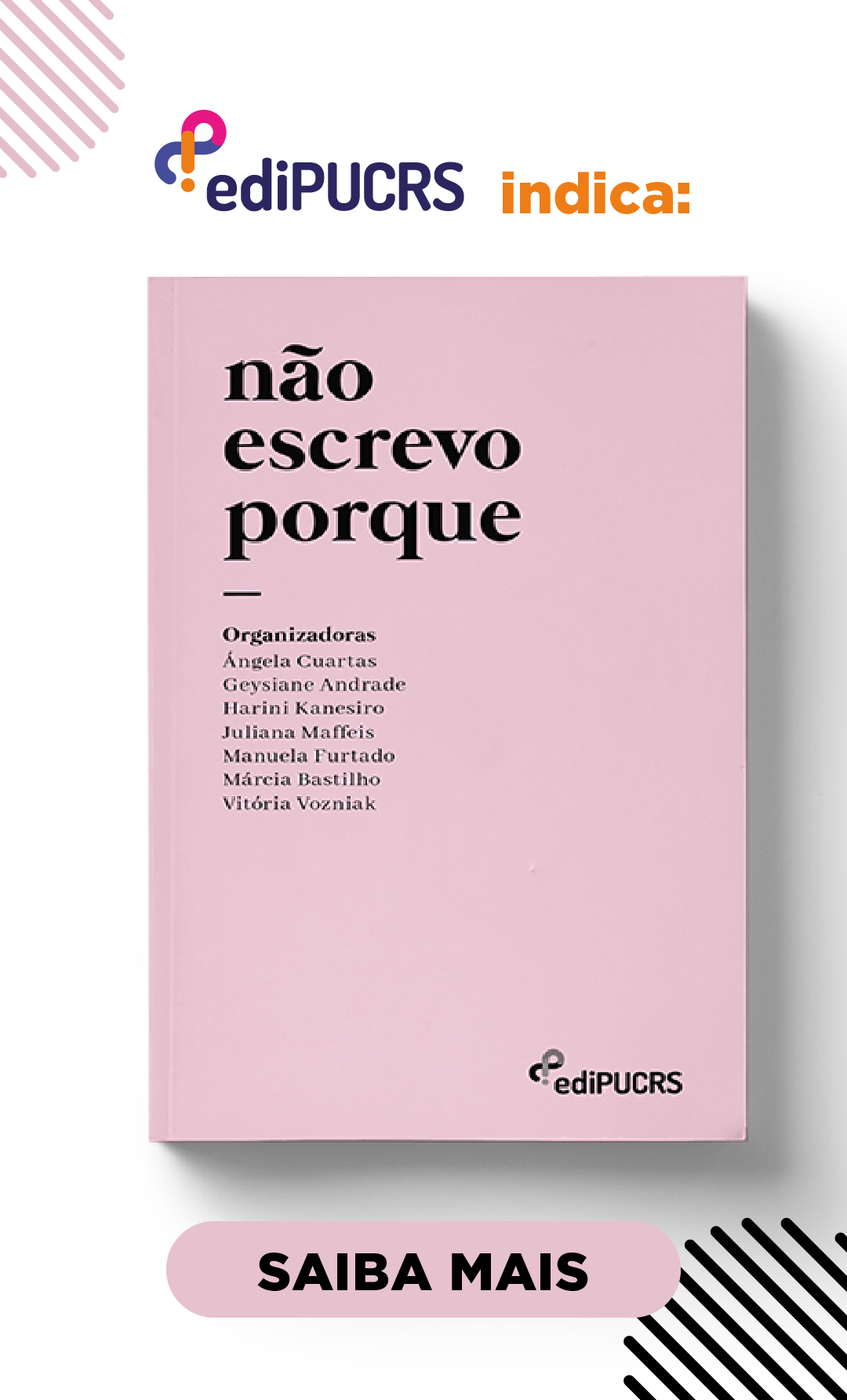Representations of Illness in Literary Work
A Study of ‘Niobe’
DOI:
https://doi.org/10.15448/1984-7726.2024.1.46482Keywords:
Leprosy, Brazilian Literature, active methodologies.Abstract
Literature can be understood as a space that reveals much about the way of seeing the world and being in the world at a certain historical moment. It can serve as a parameter, even, for understanding how a society viewed the process of health and disease. In the specific case of this article, the research focused on how a short story authored by Coelho Netto, named “Níobe”, informed about the treatment of people affected by leprosy. To this end, it relied on a short story authored by Coelho Netto, entitled “Niobe.” The research conducted was qualitative, exploratory, and documentary in nature, using articles published in Portuguese available on the CAPES Periodicals Portal, published between the years 2018 and 2022 as a basis for its analysis. The analysis of the short story was done in light of the perspective proposed by Roland Barthes (2013). It is concluded that the narrative shows that individuals suffering from leprosy were socially segregated. This marginalization also extended to the families of the patients. Thus, it is observed that a stigma was created around the disease, whose logic of discursive construction blamed the sick person.
Downloads
References
ACADEMIA BRASILEIRA DE LETRAS. Biografia – Coelho Neto. Disponível em: https://www.academia.org.br/academicos/coelho-neto/biografia. Acesso em: 10 jan. 2024.
BARTHES, Roland. Aula. 14. ed. São Paulo: Cultrix, 2013.
BÍBLIA SAGRADA. Disponível em
https://www.bibliaon.com/versiculo/deuteronomio_25_9/. Acesso em: 8 mar. 2024.
BORDIGNON, Rodrigo da Rosa. Coelho Netto, o “homem com profissão”. Tempo Social, São Paulo, v. 32, n. 2, p. 79-100, 2020. Disponível em: https://doi.org/10.11606/0103-2070.ts.2020.168692. Acesso em: 10 jan. 2024. DOI: https://doi.org/10.11606/0103-2070.ts.2020.168692
BRAGA-PINTO, César. O imaginário intersexual de Coelho Neto. Novos estudos Cebrap, São Paulo, v. 41, n. 1, p. 11-36, 2022. Disponível em: https://doi.org/10.25091/S01013300202200010001. Acesso em: 10 jan. 2024. DOI: https://doi.org/10.25091/S01013300202200010001
BRASIL. Ministério da Saúde. Caderneta da pessoa acometida pela hanseníase. Secretaria de Vigilância em Saúde, Departamento de Doenças Crônicas e Infecções Sexualmente Transmissíveis. Brasília: Ministério da Saúde, 2020. 60 p.
CARVALHO, Danielle Crepaldi. Coelho Netto (1864-1934): Uma vida dedicada à literatura. Travessias, Cascavel, v. 3, n. 2, 2009. Disponível em: https://e-revista.unioeste.br/index.php/travessias/article/view/3355. Acesso em: 10 jan. 2024.
COELHO NETTO, Henrique. Níobe. In: NETTO, Coelho. Contos da vida e da morte. Porto: Chardron, 1927. p. 31-37.
FAUSTO, Boris. História Concisa do Brasil. São Paulo: USP, 2002.
GOLDMANN, Lucien. Sociologia do romance. Rio de Janeiro: Paz e Terra, 1967.
HOCHMAN, Gilberto. A Era Vargas: Desenvolvimento e Modernização. Rio de Janeiro: FGV, 1998.
LEANDRO, José Augusto. A hanseníase no Maranhão na década de 1930: rumo à Colônia do Bonfim. História, Ciências, Saúde, Manguinhos, v. 16, n. 2, p. 433-447, 2009. Disponível em: https://doi.org/10.1590/S0104-59702009000200009. Acesso em: 12 fev. 2024. DOI: https://doi.org/10.1590/S0104-59702009000200009
LIMA, Nísia Trindade. Reformas e Políticas de Saúde no Brasil: O Legado de Getúlio Vargas. Revista Brasileira de História, São Paulo, v. 16, n. 31, p. 107-125, 1996.
LOPES, Marcos Aparecido. No purgatório da crítica: Coelho Neto e o seu lugar na história da literatura brasileira. 1997. 248f. Dissertação (Mestrado em Letras) – Instituto de Estudos da Linguagem, Universidade Estadual de Campinas, Campinas, 1997. Disponível em: https://doi.org/10.47749/T/UNICAMP.1997.115716. Acesso em: 10 jan. 2024. DOI: https://doi.org/10.47749/T/UNICAMP.1997.115716
MARTINO, Agnaldo. A literatura como fonte histórica: a língua portuguesa pelas crônicas de Machado de Assis. Verbum, São Paulo, v. 7, n. 1, p. 72-92, 2018. Disponível em: https://revistas.pucsp.br/index.php/verbum/article/view/35944/25503. Acesso em: 12 jan. 2024.
MOISÉS, Massaud. Dicionário de Termos Literários. São Paulo: Cultrix, 2004.
MONTEIRO, Yara Nogueira. Prophylaxis and exclusion: compulsory isolation of Hansen's disease patients in São Paulo. História, Ciências, Saúde, Manguinhos, v. 10, p. 95-121, 2003. Disponível em: https://doi.org/10.1590/S0104-59702003000400005. Acesso em: 12 fev. 2024. DOI: https://doi.org/10.1590/S0104-59702003000400005
MORAES, Marcos Antonio de. Coelho Netto entre modernistas. Literatura e Sociedade, São Paulo, v. 9, n. 7, p. 102-119, 2004. Disponível em: https://doi.org/10.11606/issn.2237-1184.v0i7p102-119. Acesso em: 10 jan. 2024. DOI: https://doi.org/10.11606/issn.2237-1184.v0i7p102-119
MORAES, Péricles. Coelho Neto e sua obra. Manaus: Fundo Municipal de Cultura, 2016. Disponível em: https://concultura.manaus.am.gov.br/wp-content/uploads/2017/10/Coelho-Neto-e-sua-obra_para_internet.pdf. Acesso em: 10 jan. 2024.
SILVA, Alexander Meireles da. Sob o domínio do Rei Peste: a função das doenças e epidemias no gótico brasileiro da república velha. Revista Soletras, Rio de Janeiro, n. 27, p. 137-152, 2014. Disponível em: https://doi.org/10.12957/soletras.2014.11196. Acesso em: 10 jan. 2024. DOI: https://doi.org/10.12957/soletras.2014.11196
SILVA, Daniel Augusto Pereira. Escritas da degeneração: o gótico e a decadência em O Rei Fantasma (1895), de Coelho Neto. Organon, Porto Alegre, v. 35, n. 69, p. 1-17, 2021. Disponível em: https://doi.org/10.22456/2238-8915.106709. Acesso em: 10 jan. 2024. DOI: https://doi.org/10.22456/2238-8915.106709
SONTAG, Susan. Contra a interpretação. Porto Alegre: L&PM, 1987.
VAZQUEZ, Gustavo Krieger. O gótico no regionalismo de Coelho Neto: uma forma de representação e compreensão. Leitura, Maceió, v. 1, n. 74, p. 89-100, 2022. Disponível em: https://www.seer.ufal.br/index.php/revistaleitura/article/view/13432. Acesso em: 10 jan. 2024. DOI: https://doi.org/10.28998/2317-9945.202274.89-100
Downloads
Published
How to Cite
Issue
Section
License
Copyright (c) 2024 Letras de Hoje

This work is licensed under a Creative Commons Attribution 4.0 International License.





